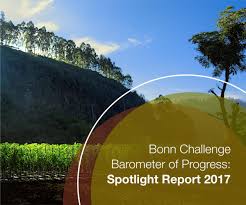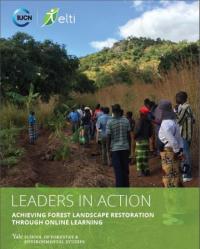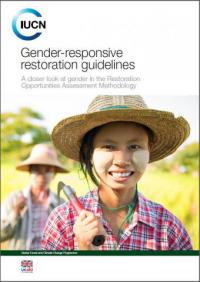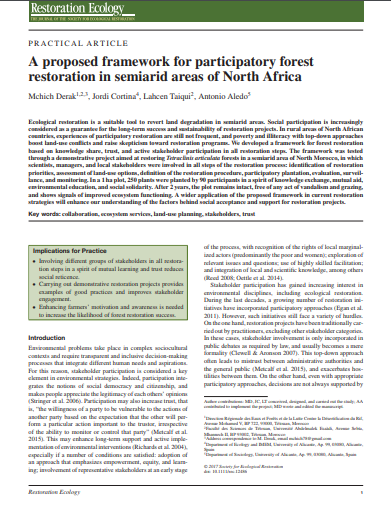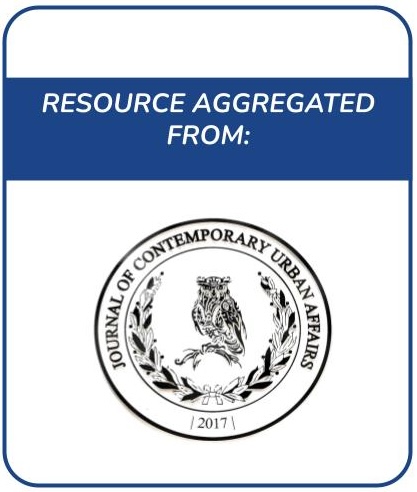Bonn Challenge Barometer of Progress: Spotlight Report 2017
The Bonn Challenge is a global effort to bring 150 million hectares (Mha) into restoration by 2020 and 350 Mha by 2030. Underlying the Bonn Challenge is the forest landscape restoration (FLR) approach. The Bonn Challenge is a voluntary, non-binding initiative launched to advance the restoration movement and in recognition of the importance of forest landscape restoration for meeting national priorities and international commitments. To date 47 contributors have pledged more than 160 Mha to the Bonn Challenge.

